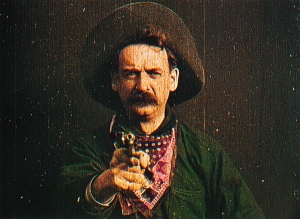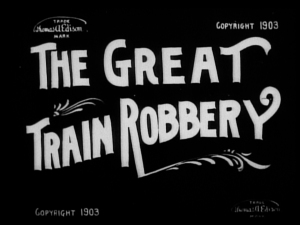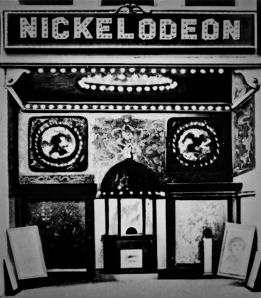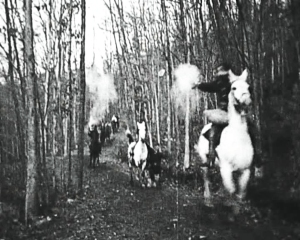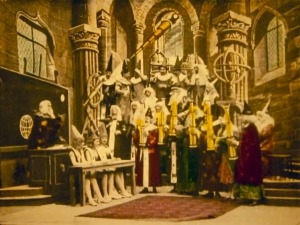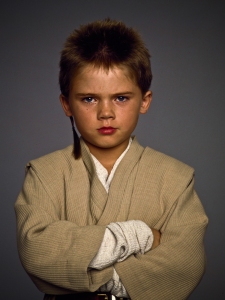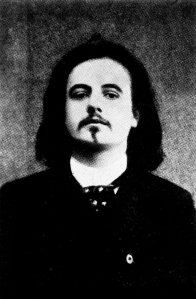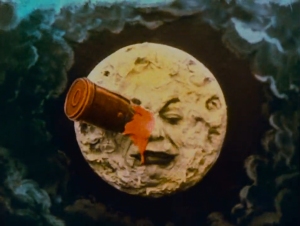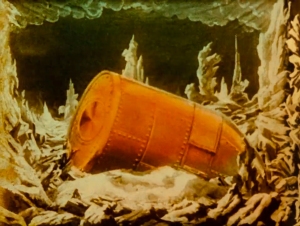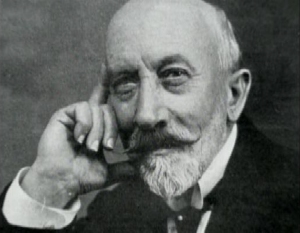Rootin’, tootin’ and a whole lotta shooting!
Rarely does a modern audience consider a film in the context of its time, and so even the most innovative triumphs are lost on a generation that’s so hard to please.
Let’s compare two reviews –
“…absolutely the superior of any moving picture ever made”
– Thomas Edison, Edison Company 1905.
“BORING!!1 The gayer prequel to brokeback mountain.”
– ArseRaptor, Youtube commenter 2012.
In fairness to ArseRaptor, Edison’s appraisal might be biased as the film was developed by his own company. The point is, to fully appreciate these “moving pictures” we need to place ourselves in the nickelodeons of the time.
An audience from the turn of the century were accustomed to scenes from actual life.

Étienne-Jules Marey – Flight.

Eadweard Muybridge – Man with pickaxe.
These are examples of photographic motion that served only to capture scenes from real life.
For films like The Great Train Robbery, two things that have never been considered had to come into play – narrative and fiction.
Edwin S. Porter achieved this by inventing the tools of his trade which led to groundbreaking techniques; –
- Multiple scenes
- Edits
- Several locations
- Simultaneous action
- Subplots
- and contradicting points of view.
For Little Johnny Appleseed’s efforts in saving a nickel, this would’ve been like getting hit in the head with a brick.
Porter’s style would have been considered radical film making at the time, but his technical advances served the narrative.
Differences between story and narrative can be discussed to no end but it boils down to;
Story = an event

A simple pixelated enemy.
Narrative = a collection of related events.
The Great Train Robbery saw the emergence of a collection of related events –
- Bandits force a Telegraph Operator to make a trains unscheduled stop.
- Masked men board train.
- They kill a man onboard and open the safe.
- The train’s stopped and passengers robbed.
- Bandits mount horses and escape.
- Meanwhile, the Telegraph Operator calls for assistance.
- The message arrives at a saloon and everyone grabs their rifles.
- The bandits are chased.
- There’s a shoot out and the guilty killed.
A neat and tidy 14 shots.
Compare this to the arrival of a train by the Lumiere Brothers which screened a few years earlier. The Great Train Robbery demonstrated with astounding technical ability the potential of cinematic narrative-telling.
Edwin S. Porter was a game changer.
Look into his moustache and bask in its stoic wisdom.
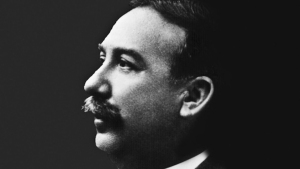
Edwin Stanton Porter (1870-1941) – Experimenter, Innovator and Filmmaker.
